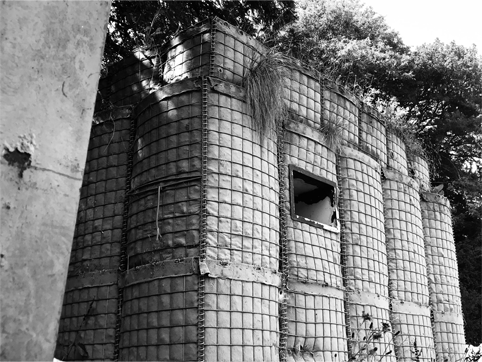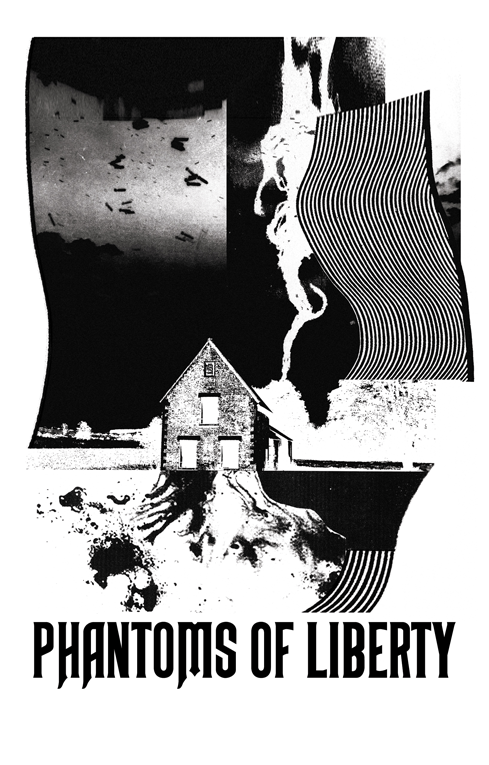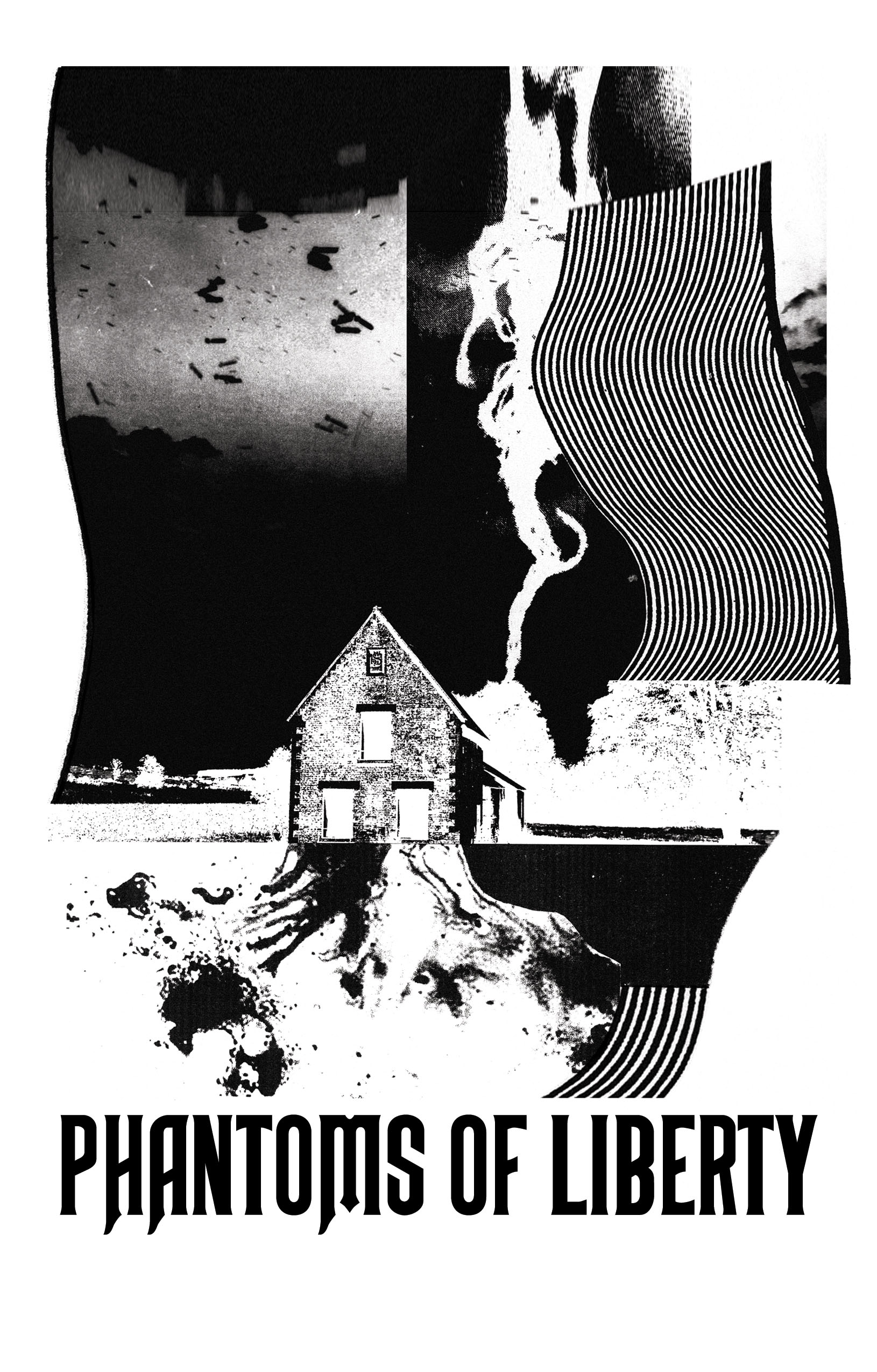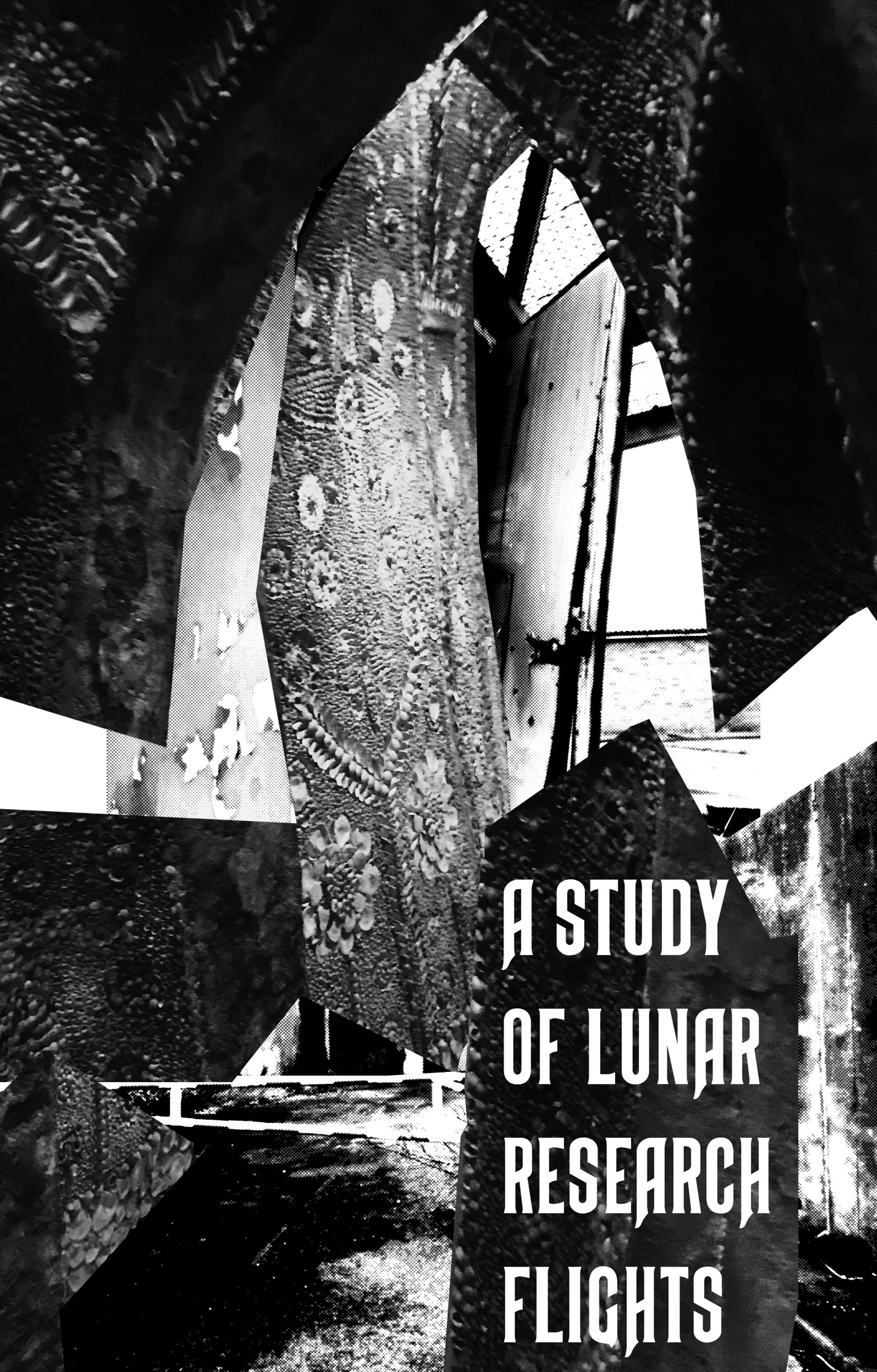The English Heretic Collection
Phantoms of Liberty
The English Heretic Collection
In a weirdly feudal gesture, the seventeenth-century manor house of Imber Court is decidedly well preserved - no friendly fire here. Its shuttered windows are painted olive green, the brick work, an elegant ochre. To the side of the main gate, there’s an impressive rectangular pillbox made from tightly bound sandbags. It looks almost Art Deco, similar in appearance to the entrance to the Egyptian Avenue at Highgate Cemetery. An exotic, military temple of the highest rank, one can almost picture it in some colonial outpost as the gated hacienda of a Fascist junta. I am curious as to why there’s the sentry post at the entrance, perhaps Imber Court forms part of a future strategy. Perhaps it is part of the same war game that imagines a civil war. Might Imber Court represent the heavily guarded headquarters for a post-coup Britain? A re-purposed country house for an emergency state: part Brideshead, part Salò.
This year’s open day at Imber evoked the jovial charabancs of a vintage poster England. The village church is the one building open to the public. There is something almost pagan about seeing the graveyard overrun by visitors, the scene reminiscent of Stanley Spencer’s The Resurrection, Cookham, where village ancestors rise from their tombs. Inside the church, there are cake stalls and industrial-strength tea urns, display boards along the aisle show the gradual erosion of the village. One photograph is labelled “The Vicarage in ruins”: the perfect epitaph for our crumbling notion of Englishness.






